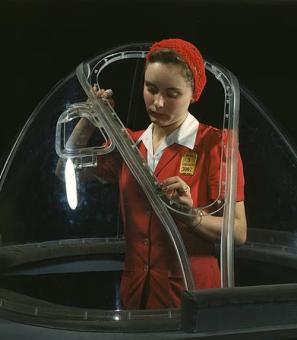When Women Marched and Men Rioted
March is the time of year when we celebrate Women’s History. In March 2013, the National Museum of American History opened a special exhibit commemorating the 100th anniversary of the National Women’s Suffrage Parade held in D.C.
It was quite a memorable occasion. On March 3, 1913 some five thousand women prepared to march down the center of Pennsylvania Avenue to show the city and the nation that they meant business. The march was planned for the day before Woodrow Wilson’s inauguration and the hope was that he and the citizens of D.C. would be influenced in the suffragists’ cry for an amendment to the Constitution. The parade was a pageant-filled display of artistry and beauty; the newspapers raved over the floats and colors. The herald of the parade, Inez Milholland, was chosen as much for her “charm and loveliness” as for the work she’d done the suffrage movement.
What the parade is really remembered for, however, are the near-riots it caused in the streets of D.C. From the get-go the parade was mobbed by angry crowds, full of men calling insults. The police escort assigned to keep the streets clear ahead of the parade was entirely unable to fulfill its function and the march had to stop several times due to clogged streets and insufficient protection of the marchers. The situation caused a national scandal and did much to lend sympathy to the suffragist cause as newspapers around the country cast scorn on the unruly crowds that accosted the women.
The exhibit has now closed, but you can view several of the featured artifacts online. Check it out!
Source(s):
Bland, Sidney R. “New Life in an Old Movement: Alice Paul and the Great Suffrage Parade of 1913 in Washington, D.C.” Records of the Columbia Historical Society, Washington, D.C., 71/71 (1971/1972).


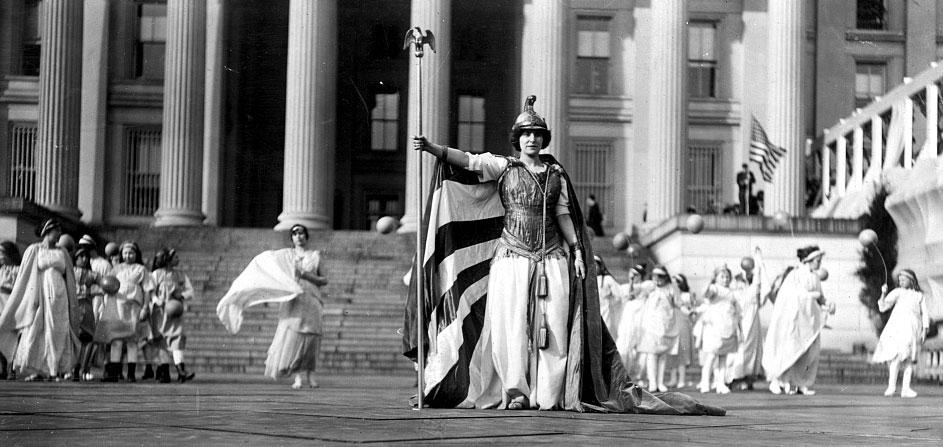
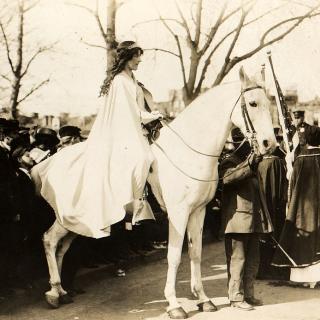
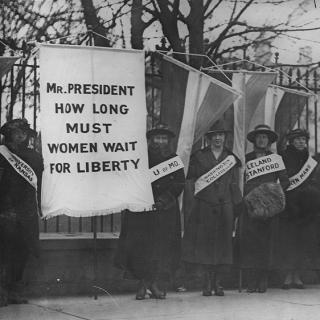
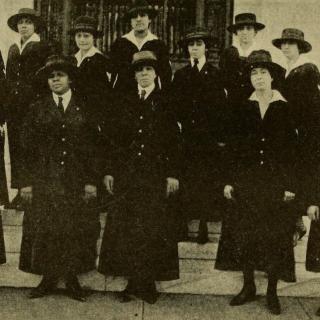
![Sketch of the mythical fuan by Pearson Scott Foresman. [Source: Wikipedia]](/sites/default/files/styles/crop_320x320/public/2023-10/Goatman_Wikipedia_Faun_2_%28PSF%29.png?h=64a074ff&itok=C9Qh-PE1)











